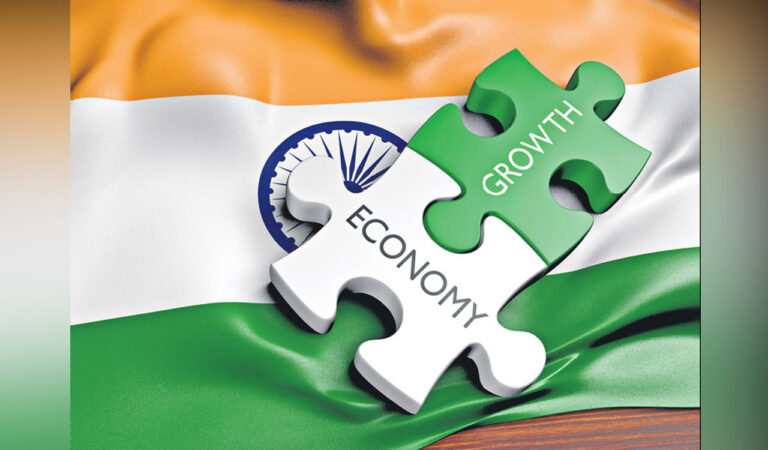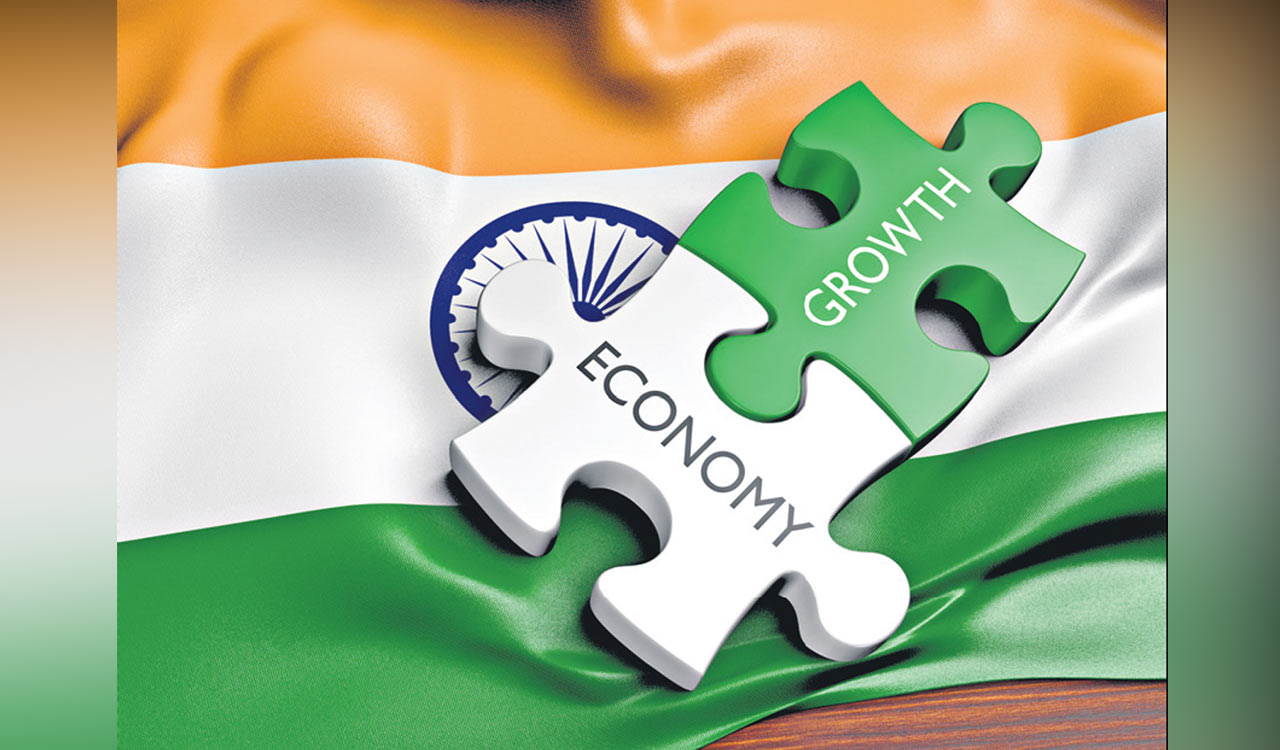
By B Yerram Raju
In the landscape of post-independence India, the foundation of planned economic development has been firmly anchored on the tripod of politics, poverty alleviation and governmental patronage, both at the Centre and in the States. Rooted in the Nehruvian socialist ideology, India’s developmental journey aimed at community progress and decentralised governance through Panchayat Raj Institutions. However, despite strides in these directions, the journey has been fraught with challenges and unfulfilled expectations, as discussed in the 2014 book ‘India’s Growth Resurgence: Sectoral Issues and Governance’ (IGR) co-authored by B Yerram Raju, Sitharama Murthy and Subbaiah Singala.
Scars Remain
The period following the decisive verdict of the 2014 elections ushered in hopes for accelerated growth and enhanced governance. But the path to realising India’s potential has been marked by complexities and debates surrounding structural reforms and governance strategies. While initiatives like the White Paper on the Indian Economy addressed some sectoral risks, challenges in key sectors such as agriculture and manufacturing persisted. Farmers have hardly witnessed increased and secured incomes in their hands, thus far. Likewise, micro and small manufacturing enterprises continue to struggle with poor access to credit and endemic delayed payments.
The nation ably fought the pandemic. Health and education policies took centre stage. Yet, the nation sees friction between the North and South as also East and West. 2014-24 is a regime that goes into history as a period of profound leadership but not devoid of parochialism and patronage to a few. Street fights of farmers are a scar on the economy and need addressing with agricultural policy converging with manufacturing policy.
States at Loggerheads
In a country with 28 States and 8 Union Territories, is it enough if one Modi goes around the globe in ennobling robes? The cooperative federalism that Prime Minister Modi spoke of in 2014 is less visible. There is uneven growth in the country and if we have to be Atmanirbhar Bharat by 2047, just the existence of riparian States will not help.
The two bifurcated States of Andhra Pradesh and Telangana are yet to resolve their differences over the river waters sharing and assets as per the AP Reorganization Act, 2014. The loudly acclaimed strength of the Union government has not been able to resolve these issues. It’s been a decade now. People of both the States, going to polls, will weigh their options in this background and not just what their respective States have achieved.
Unemployment, Inflation
While the period from 2014-2024 witnessed notable strides in infrastructure development, financial stability and international relations, challenges persisted. Research findings highlighting declining employment rates, rising profit and inflation underscore the urgency for policy interventions aimed at fostering inclusive growth and reducing monopolistic practices. Balancing market dynamics with regulatory frameworks is crucial for sustainable economic development.
Even the inflation rate, largely projected to be on track according to the recent monetary policy statement of the RBI, shows the uneven trend. As many as nine States recorded higher inflation than the national average of 4.87%, with three of them crossing the 6% mark: Odisha (6.5%), Rajasthan (6.25%) and Haryana (6.02%). Likewise, there are variances among the States even in several other key parameters of growth. The macro level picture presented in the White Paper is not reflected in all the States across the country. Challenges remain in the area of sovereign debt, agriculture, manufacturing, education and health despite a significant decline in the poverty levels (4.5% to 5% in 2022-23) as projected in the latest SBI research report.
According to the OECD, global growth is projected to remain subdued. Average growth during the period 2013-19 stood at 6.8% in India, equal to China. Over a low base figure, 2022 recorded 7.2% growth whereas in the subsequent years, it was 6.3% in 2023, 6.5% in 2024 and is likely to be slightly better in 2025. But, if we were to attain a $30 trillion GDP by 2047, the country has to consistently grow at an average of 8% per annum and not at the current level of 6.5% at 2011-12 prices. Likewise, if such growth were to happen, the agricultural sector should grow at a minimum of 4% and manufacturing at 12% per cent per annum, as against the current 4.7% increase in production.
Policy Imperatives
The need for innovative approaches and policy reforms to stimulate growth and address income disparities is paramount. Hence economic policy imperatives must focus on the following four essential areas: Formulating a separate law for the micro enterprise sector and modifying the production-linked incentive (PLI) scheme to benefit more micro and small industries; rationalising GST structure to three-tier rate regime sooner than later; tariff structure must be aligned more to enhancing local production through zero or low duties on raw materials and reasonable rate for final goods; and a combined (Union and States) health budget of at least 4% and education budget allocation of 6% annually for the next ten years.
Governance, as a process of decision-making and implementation, plays a pivotal role in managing risks and fostering socioeconomic progress. Quality of governance, influenced by institutional frameworks and policies, is instrumental in shaping outcomes across various domains including growth, poverty alleviation, income distribution and financial development. India’s significance on the global stage stems from its diverse demographics, rich cultural heritage and geopolitical relevance. Preserving sovereignty and ensuring effective governance are paramount for a nation of such vast diversity.
Harvard Professor Jeffry Frieden in one of his recent blogs, rightly says: “Democratic politics may not give us a universally accepted sense of the value of priceless things — such as community, culture, and family. But it can tell us something about how members of society feel about these things and how they weigh them against each other.”
In conclusion, the intersection of democracy, development and governance remains central to India’s growth narrative. Addressing challenges, harnessing opportunities and fostering inclusive growth require concerted efforts from policymakers, stakeholders and citizens alike. As India navigates its path forward, the imperative of robust governance and visionary leadership cannot be overstated in shaping its destiny on the global stage.

(The author is an economist and risk management specialist)




